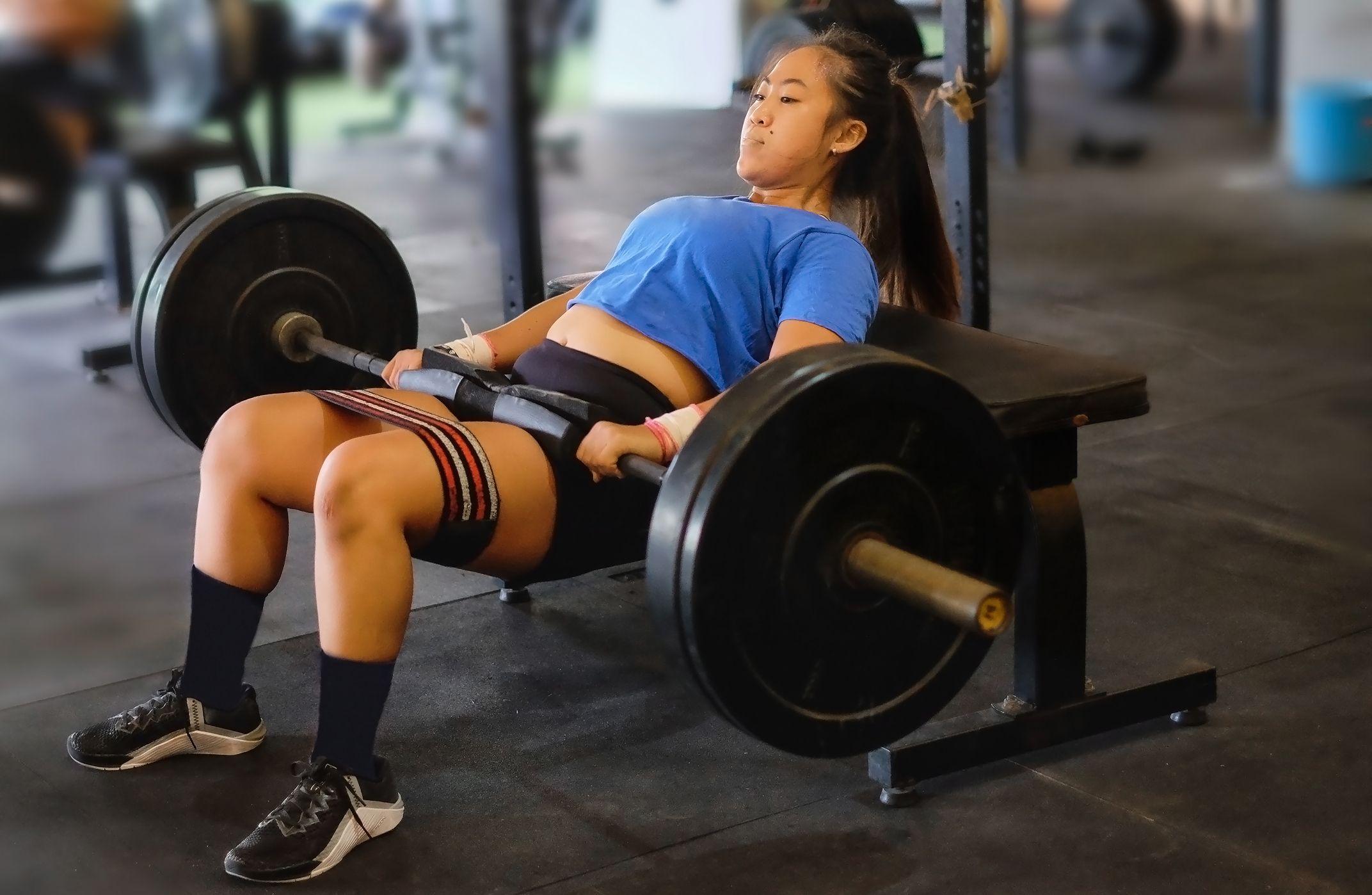SEO Meta Description: Elevate your glute workout routine with the Kas Glute Bridge. Learn the benefits, proper form, variations, and FAQs in this comprehensive guide.
Introduction
Are you looking to enhance your lower body workout routine and achieve stronger, more defined glutes? Look no further than the Kas Glute Bridge. This dynamic exercise targets your glute muscles, helping you build strength, stability, and endurance. In this guide, we’ll delve into the nuances of the Kas Glute Bridge, covering everything from its benefits to variations and proper form.
Benefits of the Kas Glute Bridge
The Kas Glute Bridge offers a multitude of benefits for your lower body and overall fitness. By incorporating this exercise into your routine, you can:
Strengthen Glute Muscles: The primary target of the Kas Glute Bridge is the gluteus maximus, the largest muscle in your buttocks. Strengthening these muscles can improve posture, athletic performance, and lower body strength.
Enhance Core Stability: Engaging your core muscles during the bridge helps improve stability and balance, reducing the risk of injuries during other exercises or daily activities.
Improve Hip Mobility: Performing the Kas Glute Bridge regularly can enhance hip mobility, which is essential for various movements such as walking, running, and squatting.
Prevent Lower Back Pain: Strong glute muscles contribute to better spinal alignment, reducing the likelihood of lower back pain and discomfort.
Boost Athletic Performance: Incorporating the Kas Glute Bridge into your training regimen can enhance athletic performance by improving power output and explosiveness in movements such as sprinting and jumping.
Getting Started: Proper Form
Before diving into the Kas Glute Bridge, it’s crucial to master the proper form to maximize effectiveness and prevent injury. Follow these steps:
Aligning Your Body
Begin by lying on your back with your knees bent and feet flat on the ground, hip-width apart.
Ensure your spine is in a neutral position, with a slight natural curve in your lower back.
Engage your core muscles by drawing your navel toward your spine.
Executing the Movement
Press through your heels as you lift your hips toward the ceiling, forming a straight line from your knees to your shoulders.
Squeeze your glutes at the top of the movement, ensuring maximum contraction.
Avoid overarching your lower back or allowing your knees to collapse inward.
Variations of the Kas Glute Bridge
Keep your glute workout exciting and challenging by incorporating variations of the Kas Glute Bridge into your routine. Here are some options to consider:
Single-Leg Glute Bridge
Lift one foot off the ground, extending it toward the ceiling while performing the bridge with the opposite leg.
H3: This variation increases the demand on each glute muscle individually, enhancing balance and stability.
H1: Weighted Glute Bridge
H2: Place a dumbbell or barbell across your hips as you perform the bridge, adding resistance to the movement.
This variation intensifies the exercise, promoting muscle growth and strength development.
Common Mistakes to Avoid
While performing the Kas Glute Bridge, be mindful of these common mistakes to ensure proper form and effectiveness:
Allowing the knees to collapse inward, which can place unnecessary stress on the knee joints.
Overarching the lower back, which can lead to discomfort or injury.
Failing to fully extend the hips at the top of the movement, limiting the activation of the glute muscles.

